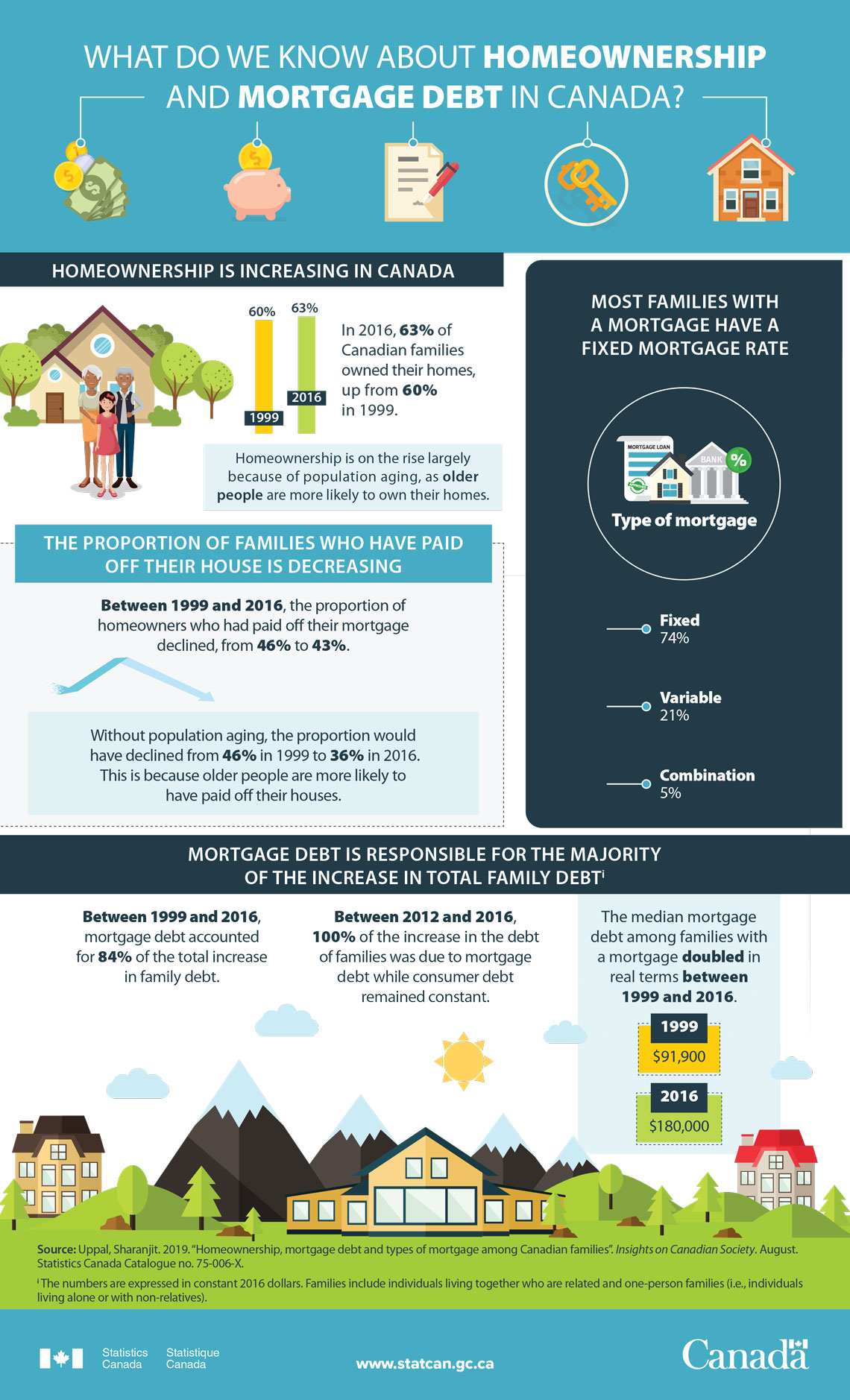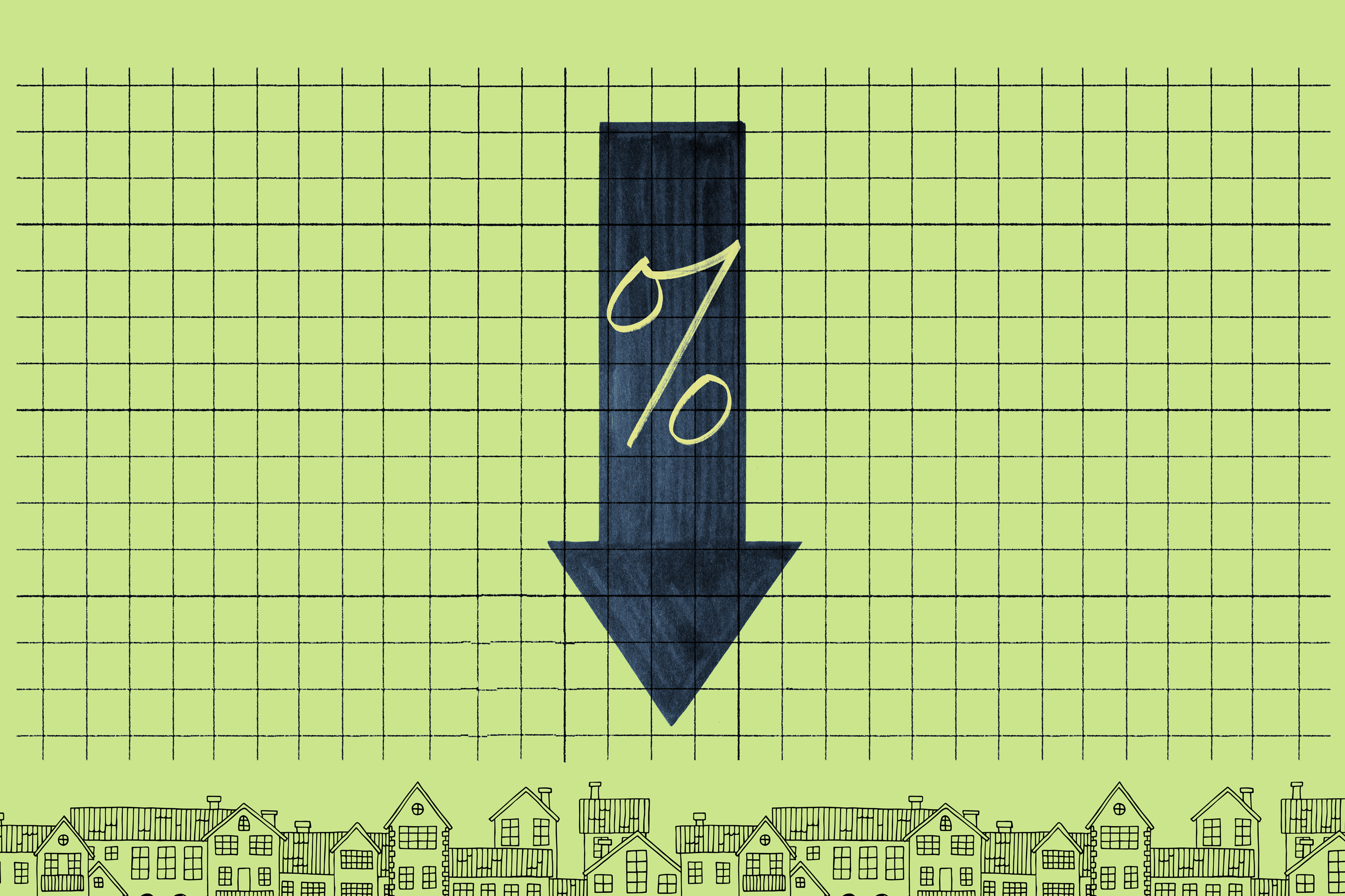It may feel like longer to some, but it was simply a decade ago that a devastating real estate crisis damaged the lives of numerous Americans, with impacts that still exist today. As we approach the 10-year anniversary of Lehman Brothers' collapse and the Great Economic crisis, we need to have a look back at the subprime mortgage crisis.
If the prime rate for a home loan is what is provided to individuals with good credit and a history of dependability, subprime is for those who have actually struggled to satisfy those standards. People who are approved of subprime home loans traditionally have low credit rating and problems with financial obligation. There is no precise recognized number, but a FICO rating below 640 is generally seen as subprime for a loan like a home loan. NINJA home loans were provided with no independent confirmation of the debtor's capability to repay the loan. Unsurprisingly, a lot of these borrowers ended up being unable to pay their home loans. Low underwriting requirements promoted an environment where individuals who presented a genuine credit danger were able to get mortgage.

In reality, special home loan loans were developed just for borrowers who were not able to come up with the money for a down payment. Under a so-called "piggyback" loan, a mortgage lending institution would release one loan to cover the deposit and closing costs, and then a 2nd loan to cover the house's purchase cost.
Incorrect mortgage loaning practices played a large role in the monetary collapse. However, this is still not the entire story. In fact, activities in property and secondary financial services markets contributed a lot to the bigger financial problems the nation experienced during the economic crisis. To start with, homes were being appraised at excessively high values, pumping up genuine estate prices across the nation.
This caused inflated housing values to circulate in real estate markets. In turn, customers took out loans for amounts that were more than the houses were worth in the open market - who took over abn amro mortgages. Some have even argued that appraisers' overvaluation of houses was the real root of the monetary crisis. Securitization of mortgage may have been the straw that broke the camel's back.
The Ultimate Guide To How Is The Average Origination Fees On Long Term Mortgages
Securitization is the practice of transforming possessions like mortgages into securities like stocks and bonds by pooling assets together and gathering regular income streams from the newly-formed securities. The financial sector started securitizing mortgages in the late 1980s. Doing so permitted loan providers to alleviate some of the risk of giving out subprime loans since the financial obligation was pooled and re-issued to securities investors.
This process was profoundly successful, and lending institutions thought they would benefit regardless of whether any one debtor entered into default. what do i need to know about mortgages and rates. After all, if they didn't earn money off of the loan, they might still earn money by releasing securities or by selling the house through foreclosure if the borrower defaulted.
As a result, banks began ramping up the financially rewarding practice of securitizing mortgage and offering collateralized debt obligations. Of course, the principle of spreading the risk just works when the majority of the loans are repaid. If expensive a percentage of the loans are defaulted on, the securities' values drop.
These losses triggered the failure of large financial investment banks like Bear Sterns and Lehman Brothers and Continue reading the failure of Indymac, among the biggest mortgage begetters in the United States. Congress enacted the Dodd-Frank Act in action to these conditions with the intent of avoiding a similar catastrophe in the future.
Dodd-Frank overhauled mortgage financing practices, heightened oversight of banks and credit rating firms, and consisted of a whistle-blower arrangement that provides monetary reward for the reporting of securities offenses. The Dodd-Frank Act was a significant law, and it consisted of the Home loan Reform and Anti-Predatory Loaning Act, as well as the Consumer Financial Defense Act.
Not known Factual Statements About Who Provides Most Mortgages In 42211
Further, it customized elements of Policy Z and modified aspects http://www.reviewstar.com/tennessee/nashville/legal-financial/wesley-financial-group of the Truth in Loaning Act. The Act needed pioneers to focus on the customer's ability to pay back the loan during the application procedure. Similarly, loan providers are needed to make a "great faith determination as to a customer's capability to pay back the loan." This great http://www.redrocknews.com/2020/09/23/wesley-financial-group-llc-timeshare-cancellation-experts-over-3/ faith decision forced lending institutions to tighten their underwriting standards, thus eliminating customers' capability to qualify using gadgets such as stated earnings loans.

To combat predatory loaning, the Consumer Financial Defense Bureau passed the Know Before You Owe home mortgage disclosure guideline, which is designed to assist customers understand their loans, and the accompanying documents they sign (what beyoncé and these billionaires have in common: massive mortgages). To promote this reward, the Bureau simplified conventional home loan disclosure forms and produced standardized market practices that were more transparent.
The Dodd-Frank Act reduced a terrific offer of unneeded risk in property loaning markets and moved some of the remaining danger of default from homeowners to lenders. Under the law, lenders sponsoring asset-backed securities must retain a minimum of 5 percent of the associated credit danger. Numerous believe this requirement will decrease loan providers' desire to provide subprime loans.
Dodd-Frank Wall Street Reform and Customer Protection Act, Pub. L. No. 111-203, 929-Z, 124 Stat. 1376, 1871 (2010) (codified at 15 U.S.C. 780).
The U.S. is not about to see a rerun of the real estate bubble that formed in 2006 and 2007, precipitating the Great Economic downturn that followed, according to experts at Wharton. More sensible loaning standards, increasing rate of interest and high house prices have actually kept need in check. However, some misperceptions about the key chauffeurs and effects of the housing crisis persist and clarifying those will guarantee that policy makers and market gamers do not repeat the very same mistakes, according to Wharton property teachers Susan Wachter and Benjamin Keys, who just recently had a look back at the crisis, and how it has actually influenced the current market, on the Knowledge@Wharton radio show on SiriusXM.
What Metal Is Used To Pay Off Mortgages During A Reset - An Overview
As the home loan financing market expanded, it drew in droves of new players with cash to lend. "We had a trillion dollars more coming into the home mortgage market in 2004, 2005 and 2006," Wachter stated. "That's $3 trillion dollars going into home loans that did not exist before non-traditional home loans, so-called NINJA home loans (no income, no task, no assets).
They likewise increased access to credit, both for those with low credit rating and middle-class house owners who wished to secure a second lien on their home or a home equity credit line. "In doing so, they created a great deal of leverage in the system and presented a lot more danger." Credit broadened in all directions in the accumulation to the last crisis "any instructions where there was hunger for anyone to obtain," Keys said.